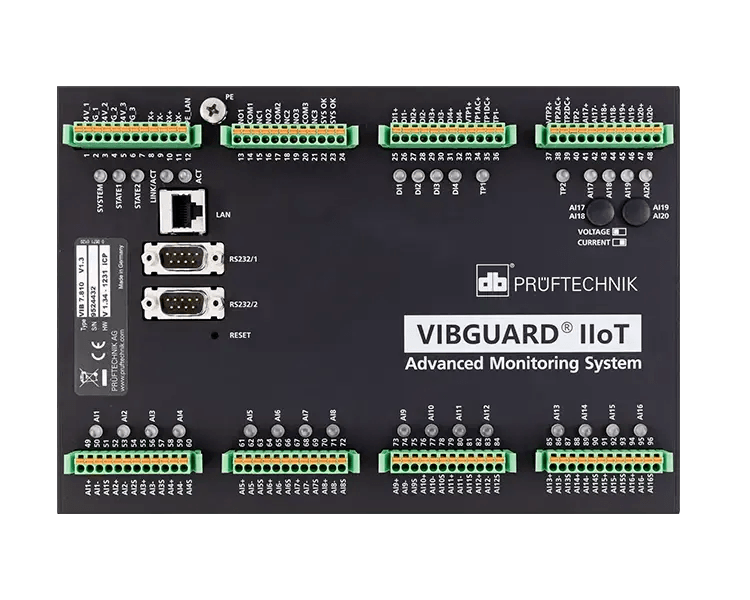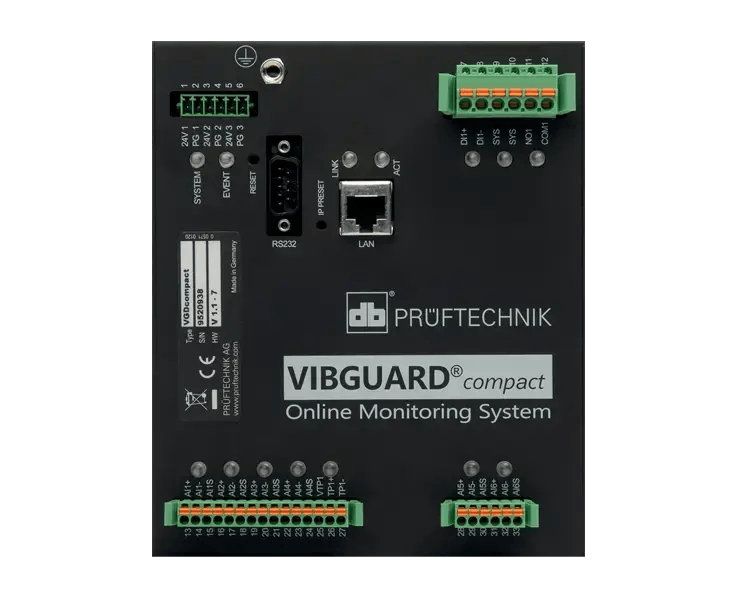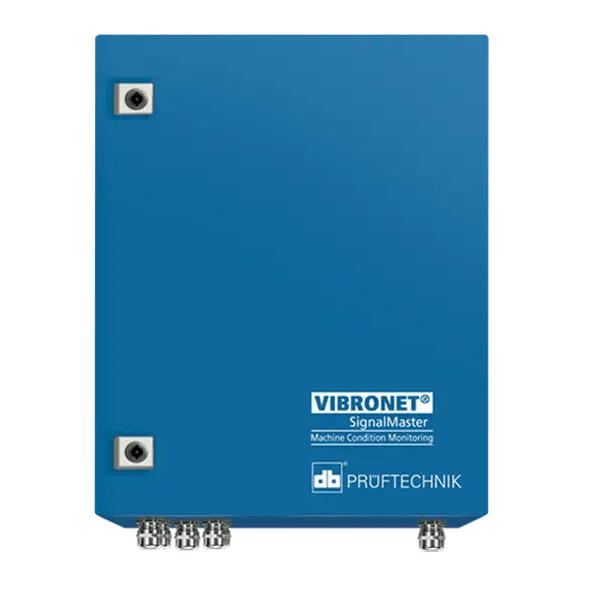Condition monitoring uses sensors and hand-held devices to measure the “vital signs” of your equipment, or key indicators of equipment performance and health. For example, condition monitoring can be used to measure your machinery’s power usage, temperature, vibration frequency, and more. They alert you to machine faults early, so that you can make repairs and avoid unplanned downtime.
One of the most common forms of condition monitoring is vibration monitoring. This is because a change in vibration patterns is often one of the first indicators of equipment failure. In fact, vibration monitors can identify defects in your rotating machinery months before the faults turn into a serious problem.
However, there are many different types of condition monitoring tools in addition to vibration monitoring that can help you get ahead of maintenance problems. Power monitors, for example, are valuable condition monitoring tools for tracking the health of your electric devices. Power monitors measure changes in assets’ energy consumption. They also measure fluctuations in current, voltage, and frequency. Changes in these areas can point to safety issues that your maintenance teams need to address quickly. They can also indicate significant wear and tear on parts, meaning that you need to replace or repair a component.
Meanwhile, temperature monitors can alert you to unexpected changes in equipment temperature so you can quickly identify and resolve issues like equipment overheating.






